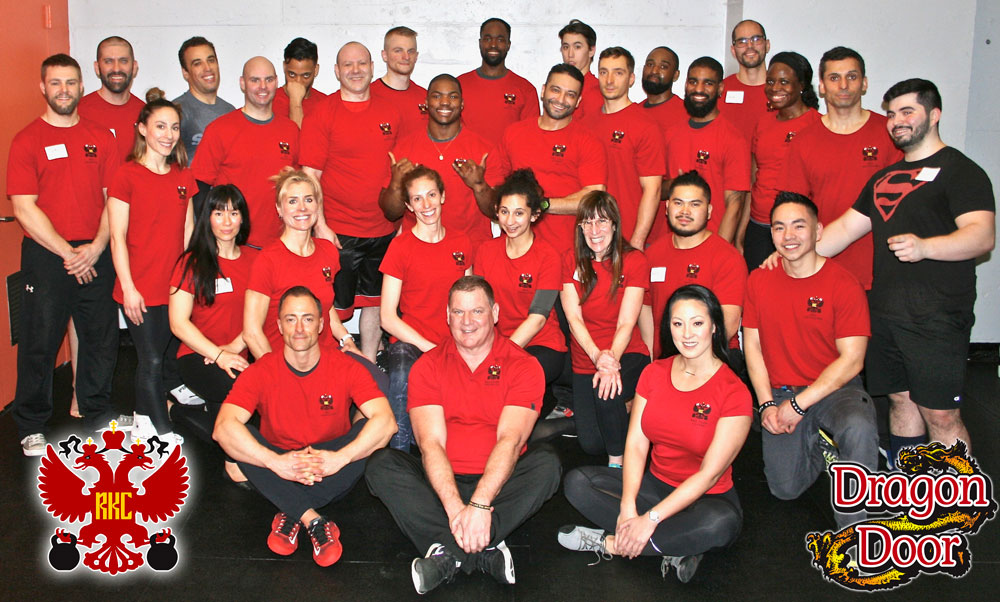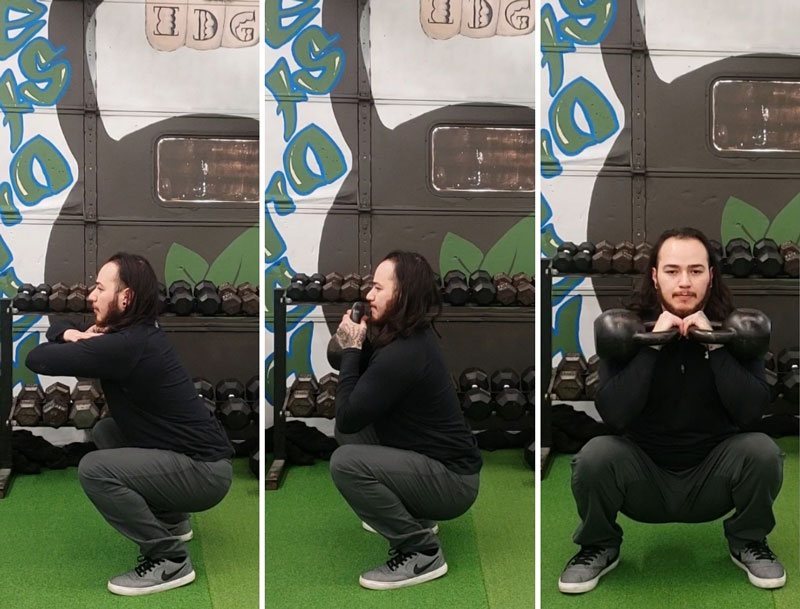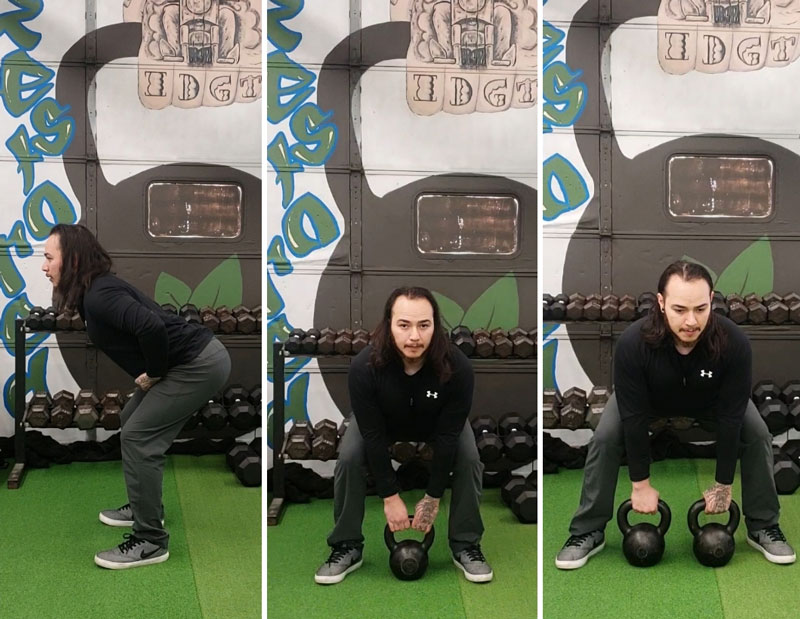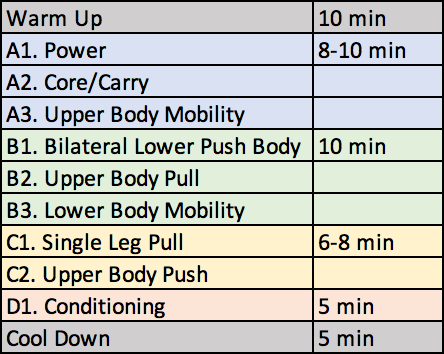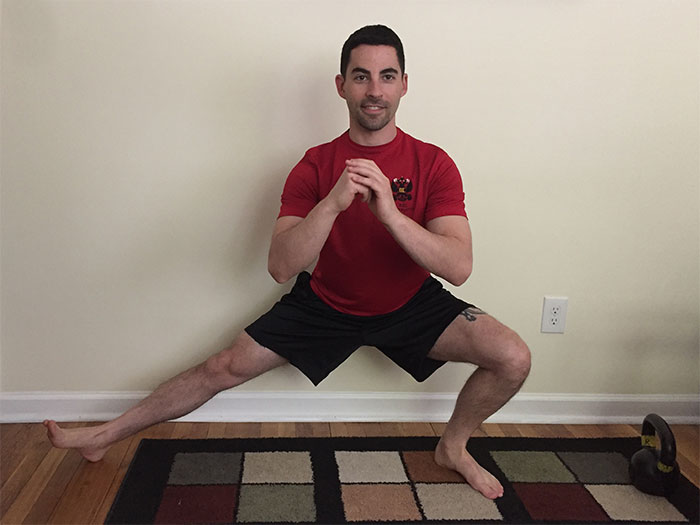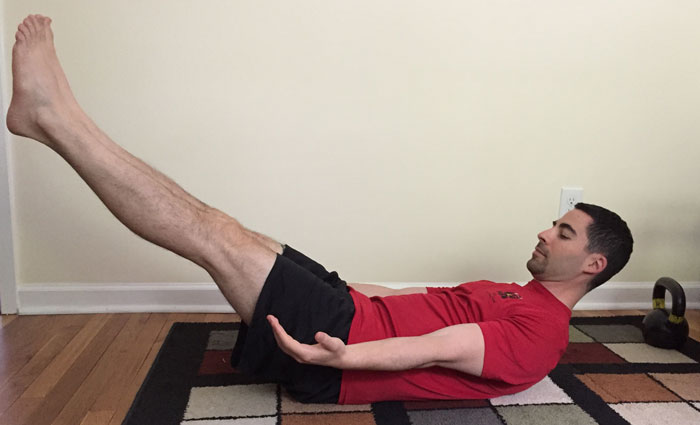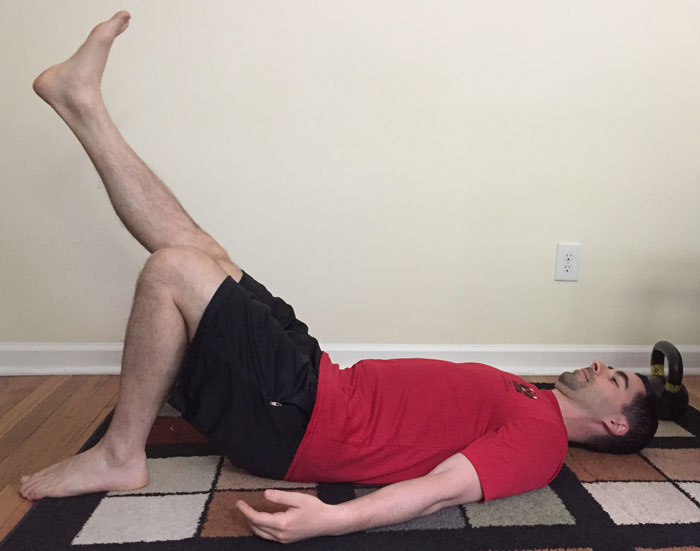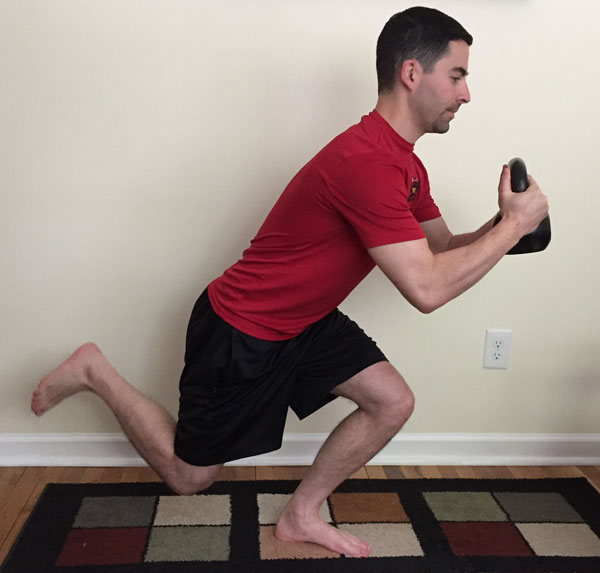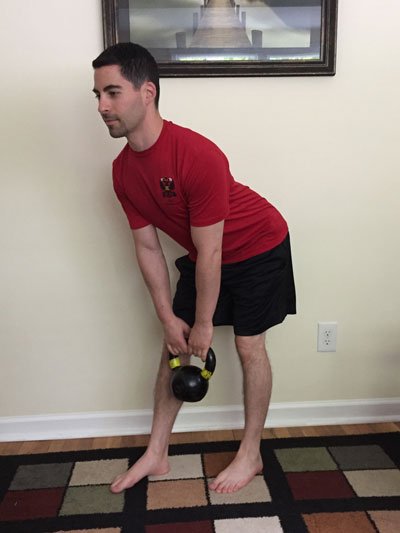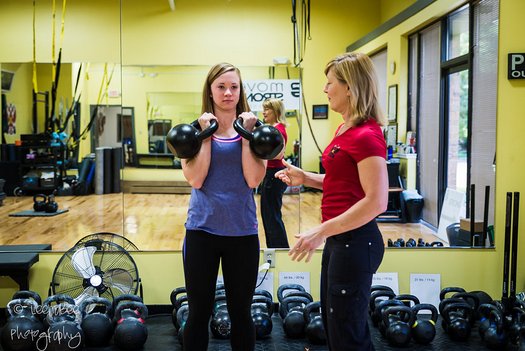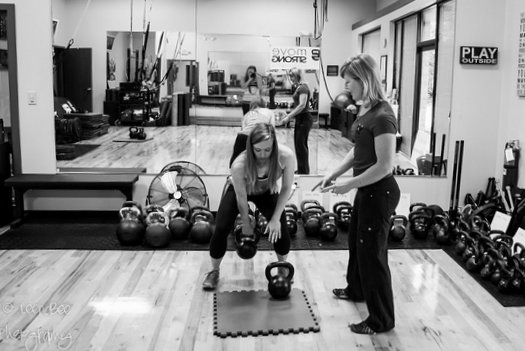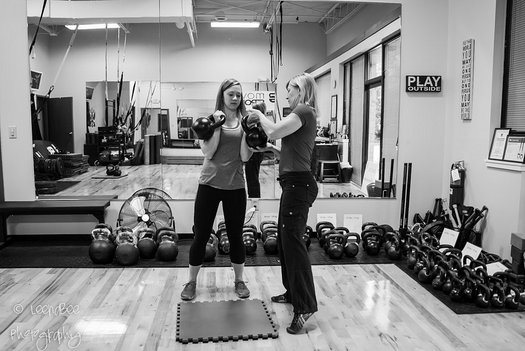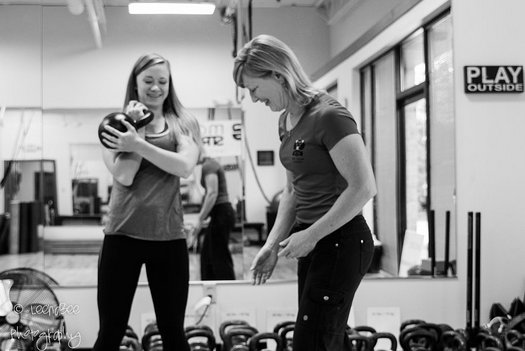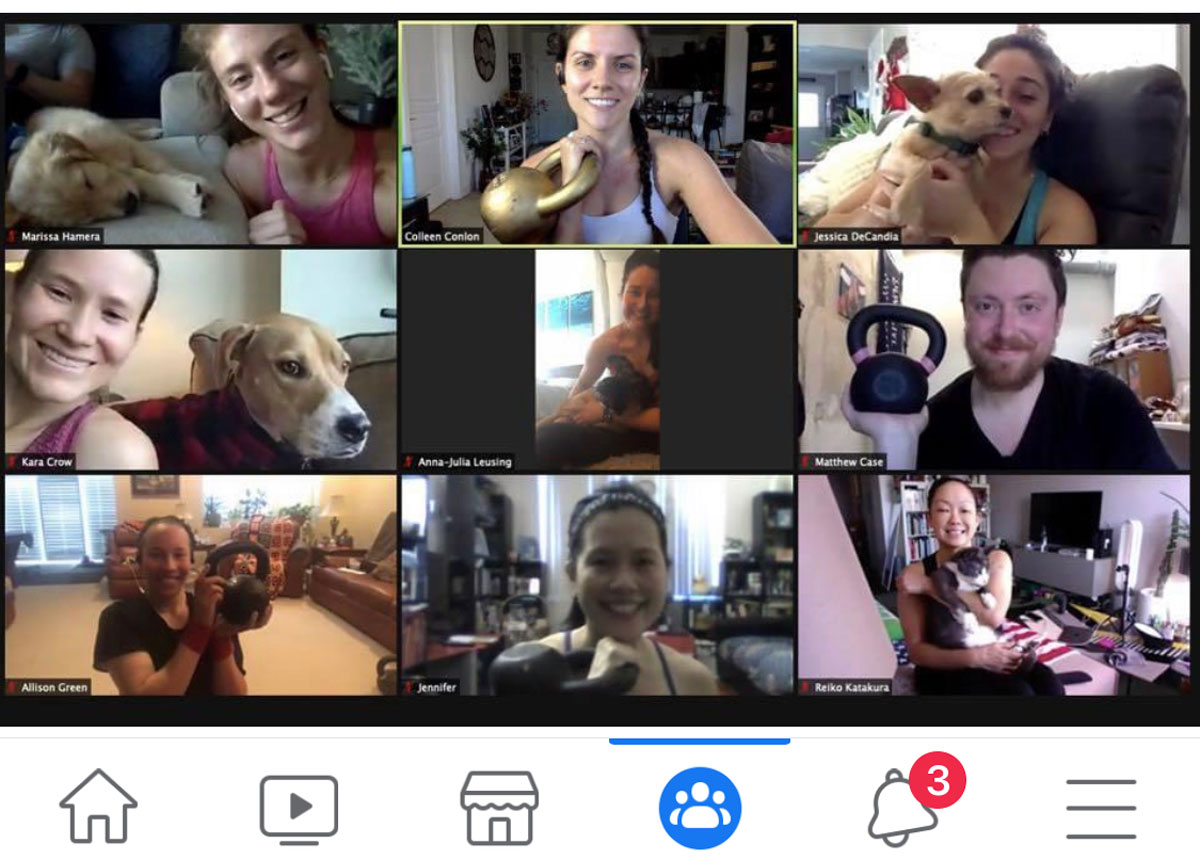
Before COVID I was a full-time fitness professional in NYC. I had a handful of private clients I saw in their apartment gyms—all older men who didn’t want to workout, but wanted to be seen with the cute female trainer. I taught 15 group fitness classes a week: cycling, yoga, HIIT—one of those classes was a Hardstyle kettlebell class.
When the pandemic hit, all the places I taught classes shut down. NONE of my private clients wanted to train virtually. I tried doing virtual classes: 3 HIIT, 1 yoga, 1 jump rope, 1 kettlebell. The virtual classes were good. I stuck with this load for close to 3 months, April 2020-June 2020 before pivoting. I realized I LOVED teaching from home. I no longer had a commute, I got to spend more time with my husband, and had time to start dreaming about what I wanted. This was my shot to get out of the rat race of living out of a backpack as I spent the past 7 years hustling in the fitness scene!
I hired a business coach. This was so scary! At the time I was averaging $50,000 a year, barely saving anything due to where I lived. The cost was $5,000 to be in a group coaching program. That felt like a LOT of money to drop, but here were my choices: Take time trying to figure it out on my own, sit and wait for things to get back to normal (a normal that I didn’t want to go back to), or invest in me, and try to build a new life. I remember calling my Dad, and I told him I dropped 5k on a business coach. He told me that was a stupid choice and I should get my money back! I cried. Then put my blinders up. I was going to get as much out of this course as I could. The course made me think about learning a new kettlebell skill. The devil’s in the details, and consistency is number one to make progress. I knew I was good at kettlebell details, and that gave me the confidence to believe I could build a virtual kettlebell business, so long as I followed my coach’s blueprint.
Week 1 had to do a lot of self-reflection. I had to figure out “who I was,” and “who I helped,” and “how I would do it.” I remember telling my coach that I wanted to help everyone! She said, “no!” I was baffled because at this point I had worked with all different types of people: senior citizens, high school athletes, moms, brides, middle-aged men. Yes, I can help anyone who wants my help, but my coach wanted me to figure out who I WANTED to help! This felt strange. In my head I thought, well it would be cool to help women who I can relate to, but I’ve never had that clientele. So that’s who I needed to attract and I had to do that by being on social media. Why did I need to do it via social media? Because there was no other place to get people to know about me and what I was offering!
Social isn’t about your number of followers. It’s about talking to your ideal client. It’s about getting people to know, like, and trust you. How do you do that? You share your story! You create proof that you know what you are talking about! You are authentically you!
My biz coach gave me this analogy that I want you to remember:
 In NYC, there’s a coffee shop on every corner. They all get business! Some people want a bougie $9 cup of coffee, others want something cheap, some people want an experience where you sit down with a fireplace and soft music, then others want to go in and out. The virtual space gives us access to so many people who value different things! There are plenty of people to go around. You need to build your “coffee shop” so your ideal client can find their cup of coffee! All of my clients have come via Instagram because of how I’ve built out my page.
In NYC, there’s a coffee shop on every corner. They all get business! Some people want a bougie $9 cup of coffee, others want something cheap, some people want an experience where you sit down with a fireplace and soft music, then others want to go in and out. The virtual space gives us access to so many people who value different things! There are plenty of people to go around. You need to build your “coffee shop” so your ideal client can find their cup of coffee! All of my clients have come via Instagram because of how I’ve built out my page.
I started posting regularly about kettlebells, and I got my first virtual kettlebell client. She was EXACTLY who I wanted to attract! She thought she’d learn to use kettlebells in two sessions, but two sessions turned into nearly 250! She was a bit of an experiment, and her success has helped me prove to other women all over the world that kettlebells can change your life! All of her sessions were done via FaceTime or Zoom. 1x a week we met for an hour and then she took a 1-hour virtual kettlebell class. She started with two kettlebells: 12kg and 20kg. With her permission, she allowed me to share pieces of her journey on social, and that was when I began to get more traction from other women. Why? Because I had proof of concept!
My Online Kettlebell Course
The goal of the business course for me was to do two things. Get a few one on one clients. Then build a big course that I could run multiple times a year to teach people how to use kettlebells. The course would be intense! I wanted to get people who wanted to learn the big six, within 13 weeks, and be able to perform everything with at least their testing size bell. This course would be marketed to people who were down to train 4-5x per week on a progressive program. They’d see me 2-3x per week in a group setting. They’d get feedback on video submissions. They would be the ones who would want to invest in themselves! The first time I ran the course I charged $2,400. How did I get that number? I came up with it by figuring out how much I wanted to make for the hours I’d spend with them per week. I thought about the time it took to create the course. Then I factored in what I believed the transformation was worth. After the first person signed up, I knew this would be a game-changer! This wouldn’t be for everyone! It wasn’t intended to be for everyone. It was created for my ideal client.
Remember the 5k business coach investment my Dad told me was a bad choice? This 13 week intensive I created brought in $24,000 the first time I ran it! I had 10 people sign up at $2,400 per person. All to say, sometimes you just have to invest in yourself! If I figured it out on my own I doubt I’d be as far forward as I am. If I sat tight, I’d be back in the rat race. Instead, I’m now working with my ideal clients who are WANTING to learn how to use kettlebells because they BELIEVE that they will change their bodies, change their mental health, and elevate their confidence! Why do they believe this will happen? Because I’ve been showing them on Instagram what’s possible consistently for the past year and a half!
This 13-week intensive funnels me 1 on 1 clients, funnels into a weekly kettlebell class, programming, and weekend retreats!
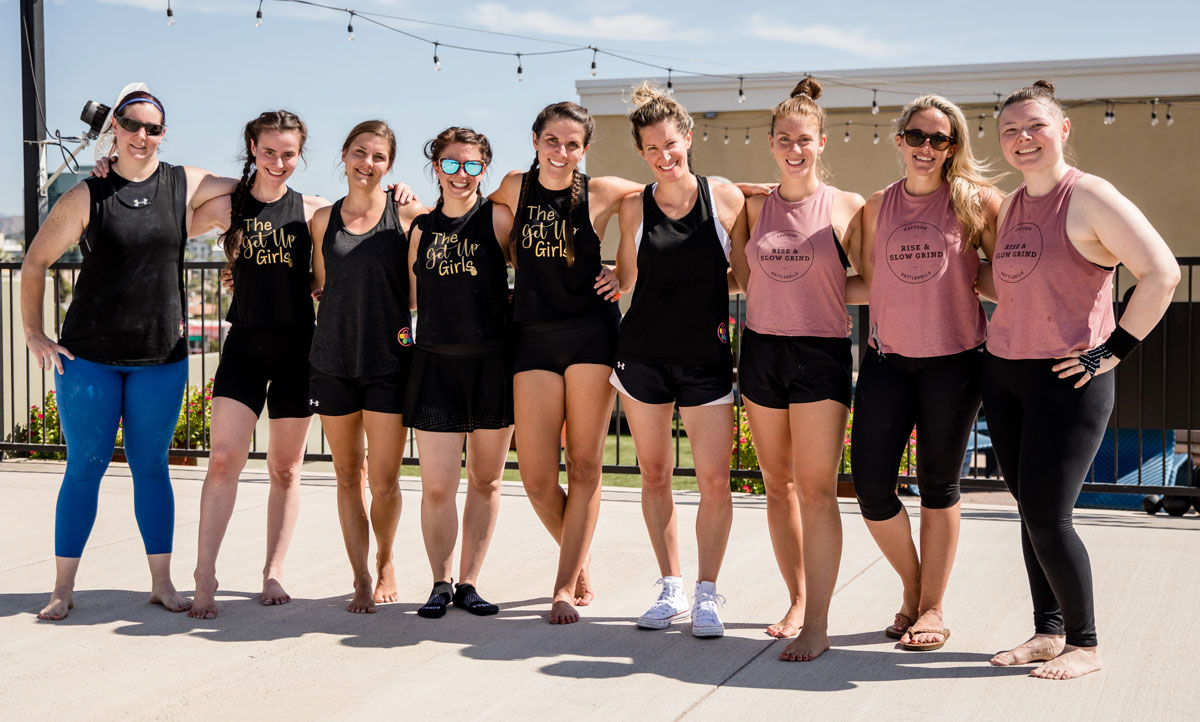
I use to think social media was a dumb time suck. I now realize it’s a powerful tool to build a virtual business. It’s not about how popular you are, it’s about connecting with that ideal client, getting them to know, like, and trust you, and helping to solve their problems.
Since building my business, I left NYC. I live with my Husband in Arizona. (His brick and mortar gym also turned into a full-time virtual fitness business). So long as we have WiFi, we can work and help our ideal clients ANYWHERE in the world!
If this is something you want, you can do it too! You just have to get started!
***
Follow Colleen Conlon, RKC-II on Instagram: https://www.instagram.com/iamcolleenconlon/
